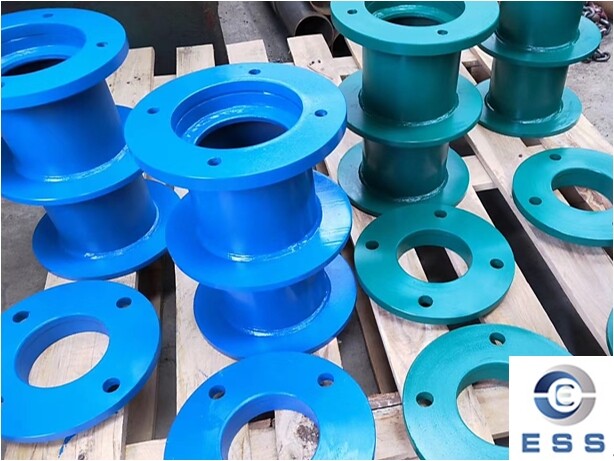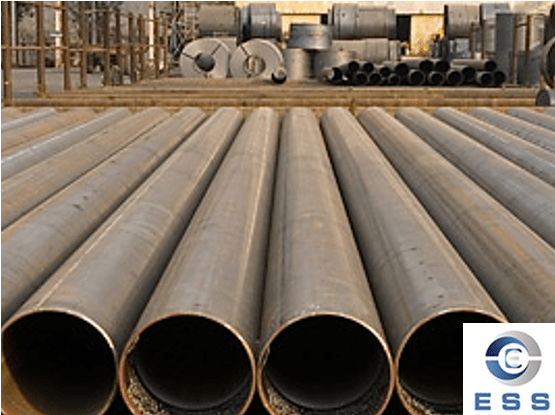
In many engineering and electrical application scenarios, the
quality of casing
pipe is crucial, and it is related to whether the system can operate safely
and stably. Faced with the uneven quality of casing pipe products on the
market, how to distinguish the good from the bad? The methods for identifying
bad casing pipes mainly include the following aspects:
Observe the appearance
1. Color and texture
The color of good casing pipes is soft and
bright and has an oily texture, while the color of bad casing pipes is
unnatural, the cut section is dry and has no oily texture, and may be mixed
with inferior plastic or impurities.
2. Surface state
The appearance of high-quality casing pipes
is flat and smooth, without wrinkles, cracks, bubbles and other defects, while
the surface of bad products is uneven, with tumor-like marks or impurities.
3. Weaving process
For casing pipes woven with glass fiber or
polyester fiber, high-quality casing pipes are neatly woven and have uniform
colors, while bad products are loosely woven and have incorrect colors.
Testing physical properties
1. Weight and thickness
High-quality casing pipe is usually heavier
than defective products because its material is purer. Defective products may
make up for the lack of quality by increasing thickness, but the weight is
still relatively light.
2. Dimensional accuracy
Use tools such as vernier calipers to test
the length, inner diameter, wall thickness, outer diameter and other dimensions
of the casing pipe. Defective products may have large dimensional deviations,
affecting the use effect.
3. Tensile strength
Test the tensile strength of the casing
pipe through a tensile test. Defective products may have insufficient tensile
strength due to poor materials or production process problems.
Combustion test
1. Combustion phenomenon
When burning, high-quality casing pipe only
releases carbon dioxide and water vapor, without odor and residue; while
defective products may produce odor and residue due to mixing with inferior
plastics or other impurities.
2. Combustion temperature
High-quality casing pipe has high
temperature resistance and can maintain stable performance at high
temperatures; defective products may not meet the temperature resistance
standards and are easily deformed or damaged at high temperatures.
Check certification and reports
1. Product certification
Ask the supplier whether it provides
product certification certificates, such as UL certification, CE certification,
etc. These certifications can prove that the product meets certain safety
standards and performance requirements.
2. Test report
Ask the supplier to provide product test
reports, including test results of key parameters such as insulation
performance, withstand voltage, and dielectric strength. These parameters can
reflect the quality level of the bushing.
Choose formal channels and brands
1. Formal channels
Choose formal channels to purchase
bushings, such as professional electrical material markets, well-known
e-commerce platforms, etc. These channels usually have strict control and
supervision over product quality.
2. Well-known brands
Give priority to bushings produced by
well-known brands. Well-known brands usually focus on product quality and
after-sales service, and can provide more reliable product guarantees.
Summary
In short, it takes a multi-pronged approach
to identify bad casing pipes: in terms of appearance, look at the color
texture, surface state and weaving process; physical property testing covers
weight, dimensional accuracy, and tensile strength; combustion tests pay
attention to combustion phenomena and temperature resistance; at the same time,
check the certification report, choose regular channels and well-known brands,
and make comprehensive judgments to choose high-quality casing pipes.













 Eastern Steel Manufacturing Co.,Ltd not only improve product production and sales services, but also provide additional value-added services. As long as you need, we can complete your specific needs together.
Eastern Steel Manufacturing Co.,Ltd not only improve product production and sales services, but also provide additional value-added services. As long as you need, we can complete your specific needs together.










